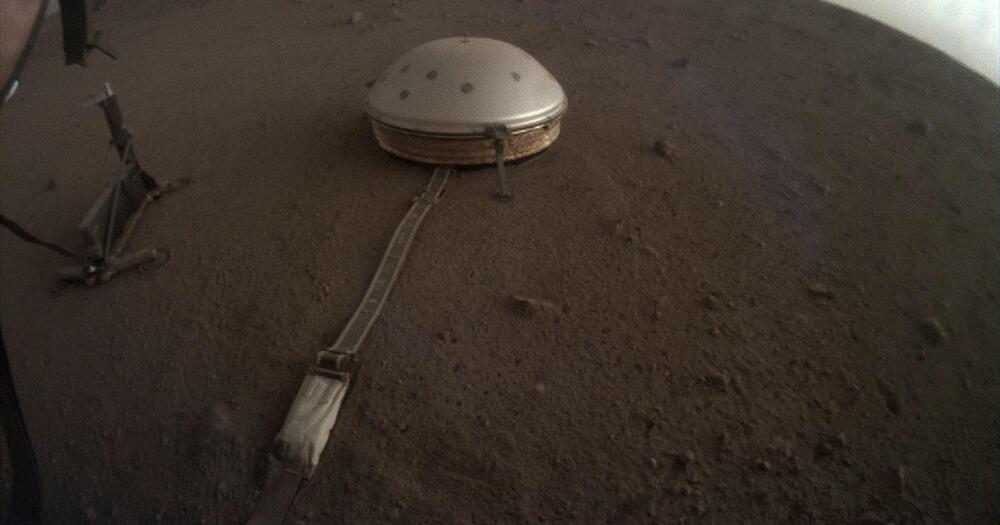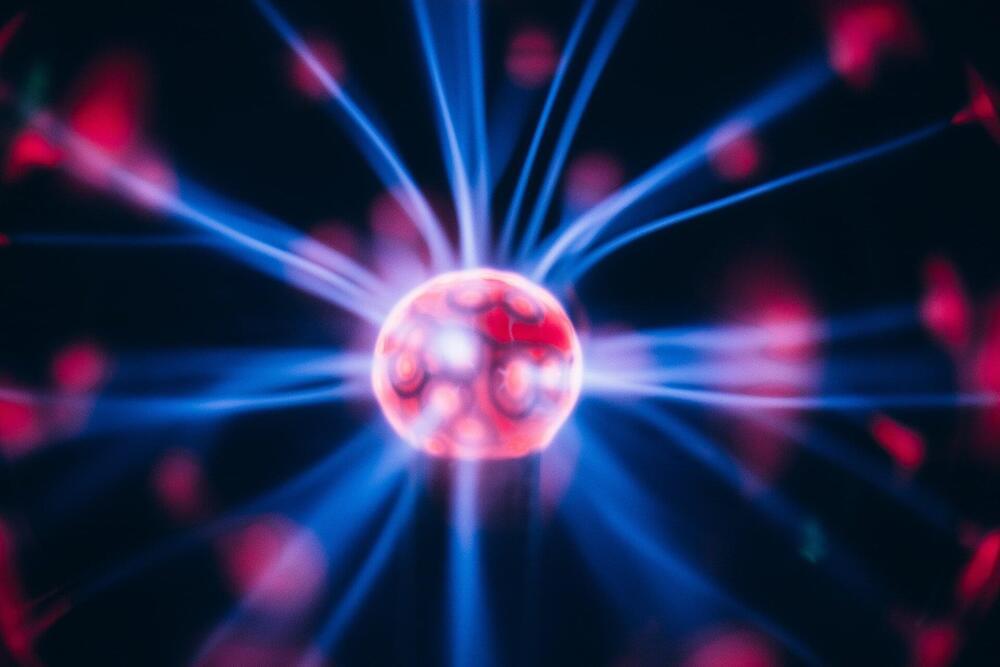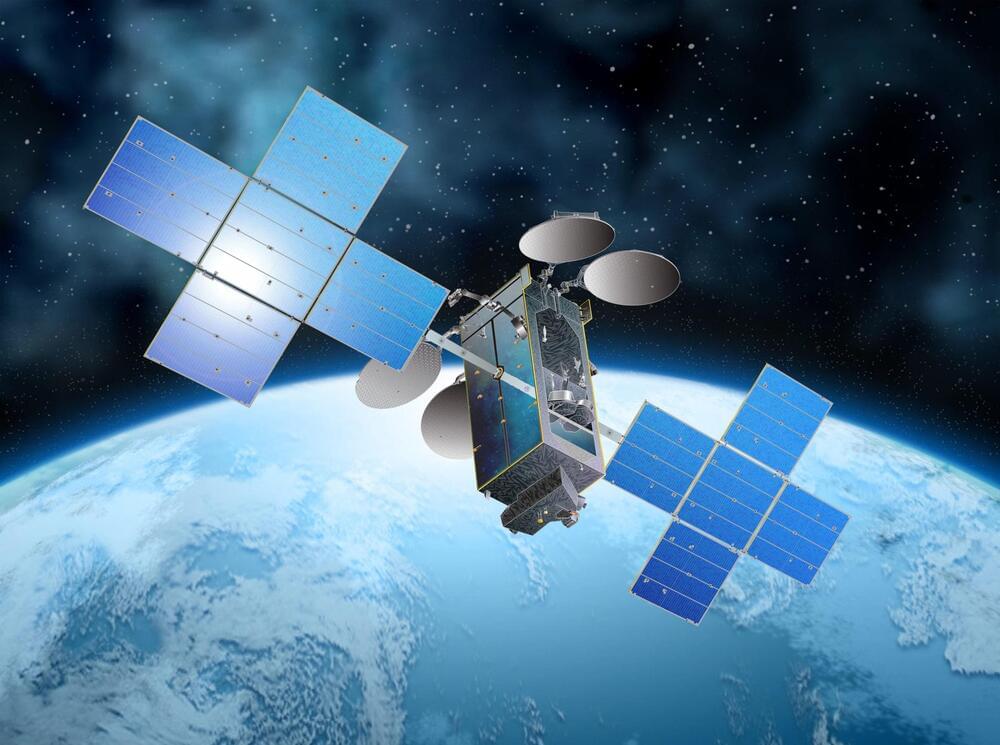Martian dust is bringing a unique Martian mission to an end.
The InSight lander set down on Mars in November 2018. But now, like Opportunity before it, Mars dust is shutting down solar power to the mission.


In the not-too-distant future, many of us may routinely use 3D headsets to interact in the metaverse with virtual iterations of companies, friends, and life-like company assistants. These may include Lily from AT&T, Flo from Progressive, Jake from State Farm, and the Swami from CarShield. We’ll also be interacting with new friends like Nestlé‘s Cookie Coach, Ruth, the World Health Organization’s Digital Health worker Florence, and many others.
Creating digital characters for virtual reality apps and in ecommerce is a fast-rising new segment of IT. San Francisco-based Soul Machines, a company that is rooted in both the animation and artificial intelligence (AI) sectors, is jumping at the opportunity to create animated digital avatars to bolster interactions in the metaverse. Customers are much more likely to buy something when a familiar face — digital or human — is involved.
Investors, understandably, are hot on the idea. This week, the 6-year-old company revealed an infusion of series B financing ($70 million) led by new investor SoftBank Vision Fund 2, bringing the company’s total funding to $135 million to date.

Physicists at EPFL, within a large European collaboration, have revised one of the fundamental laws that has been foundational to plasma and fusion research for over three decades, even governing the design of megaprojects like ITER. The update shows that we can actually safely use more hydrogen fuel in fusion reactors, and therefore obtain more energy than previously thought.
Fusion is one of the most promising sources of future energy. It involves two atomic nuclei combining into one, thereby releasing enormous amounts of energy. In fact, we experience fusion every day: the sun’s warmth comes from hydrogen nuclei fusing into heavier helium atoms.
There is currently an international fusion research megaproject called ITER, which aims to replicate the fusion processes of the sun to create energy on the Earth. Its aim is the creation of high temperature plasma that provides the right environment for fusion to occur, producing energy.


At 9.2 tons, it may be the largest spacecraft to ever launch to geostationary orbit.
SpaceX will launch the heaviest commercial geostationary satellite ever aboard a Falcon Heavy rocket early next year, following several delays.
Earlier this month, SpaceX customer EchoStar announced satellite builder Maxar Technologies had delayed the delivery of the much-anticipated Jupiter-3, which had been scheduled to launch near the end of the year.
But it comes with an extra-long keel. Sailing through the seas is full of adventures, but you miss 29 percent of the world when you’re on a yacht.
The Air Yacht uses solar energy as an extra power source thanks to two solar-powered blimps instead of traditional parallel hulls.


An incredible discovery has just revealed a potential new source for understanding life on ancient Earth.
A team of geologists has just discovered tiny remnants of prokaryotic and algal life – trapped inside crystals of halite dating back to 830 million years ago.
Halite is sodium chloride, also known as rock salt, and the discovery suggests that this natural mineral could be a previously untapped resource for studying ancient saltwater environments.

Google Maps to add “immersive view”
Google Maps, the world’s most-downloaded travel app, will soon become more immersive and intuitive thanks to a major upgrade.
The online tool is used by over 1 billion people every month. It already includes satellite imagery, aerial photography, street maps, 360° interactive panoramic views of streets, real-time traffic conditions, and route planning. At its annual I/O developer conference held in California, Google announced key features being added to further enhance its appearance and functionality.
